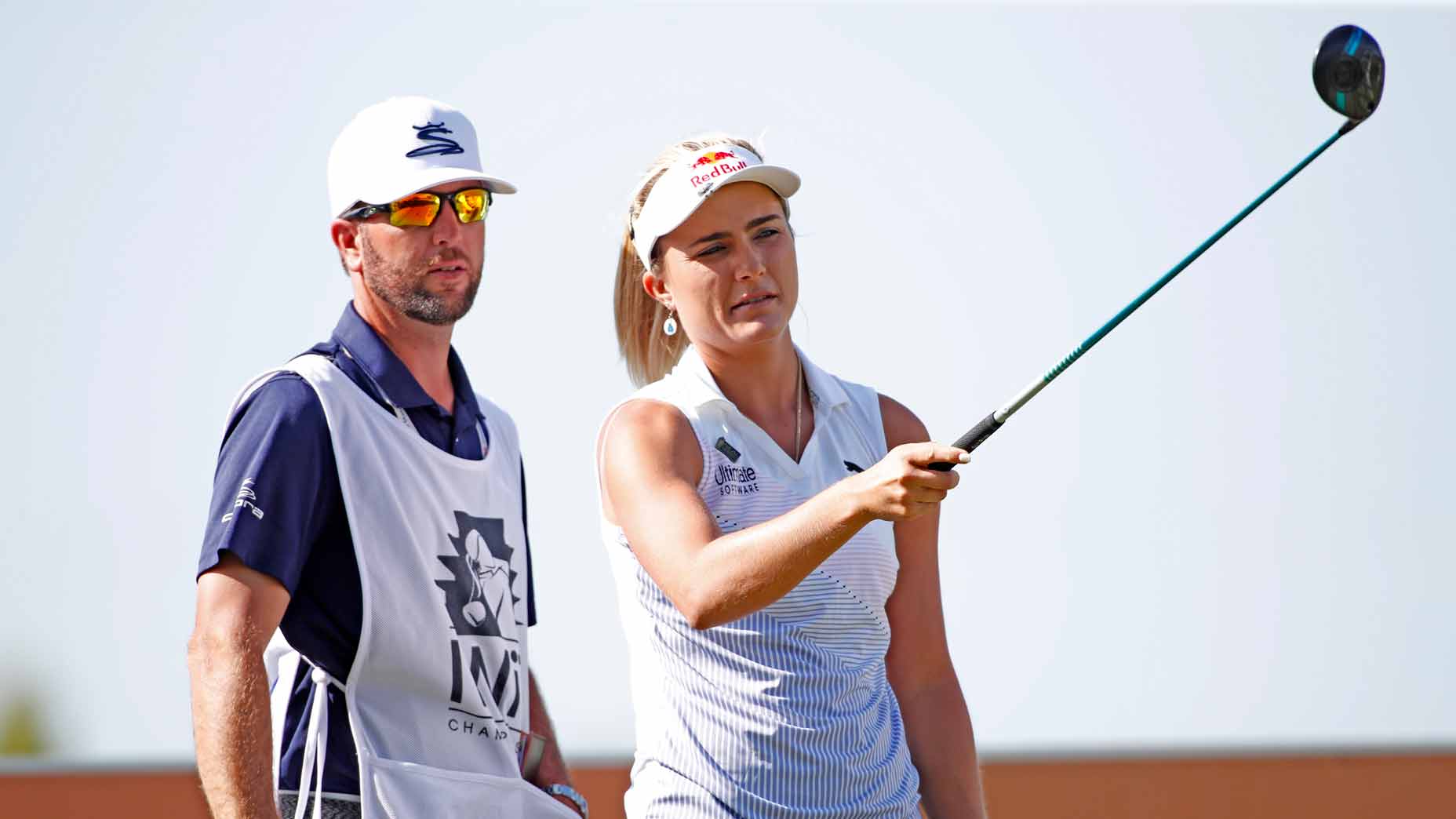Positive thinking has gotten a bad rap lately because people tend to think that it’s a way to wish yourself to success. We all know that no matter how much you wish you were a tour player, without talent and hard work, it isn’t a possibility. Positive thinking is not saying, “I’m so happy I’m in the bunker!” or trying to convince yourself to be happy with an unwanted outcome. It’s about employing a different perspective to make a big difference in your game.
How? With positive thinking, you can take in the reality of where you are right now and create a positive solution for what to do next. Thinking in a positive manner no matter where you are can lessen your anxiety and help you make good decisions about what to do now.
Everything we do is first pictured in our mind’s eye. You control how you see a given situation. You can see it as doomed or having great possibility. You can see it as difficult or as an opportunity to do your best.
Are you the kind of player who is always looking at potential trouble, then wondering why your ball is going there? Did you know you can train yourself to see what you want to happen instead of seeing what you don’t want to happen? Now that is positive thinking!
To incorporate more positive thinking into your game, think about the stroke that you want to make, not the mistakes that you want to fix. Dwelling on the move in your swing that is driving you crazy will only produce more of that same unwanted move. Instead, picture your club moving through the ball in the manner you desire and every cell in your body will do its best to make that happen.
Your words and thoughts paint a picture and negative imagery doesn’t help. When you say to yourself, “Don’t go in the bunker, I can never get out of them,” what picture did you see? A ball in a bunker or a ball on the green? When you keep talking about your swing coming over the top and how much you wish you could stop doing that … again, what picture do you see?
Your internal pictures are your directions to yourself for how your body will move. Studies have shown that muscles don’t “remember” how to move; instead, the brain gives them “instructions” on how and when to move — i.e., your thoughts.
If you saw a picture of a surfer, your brain would send out neurotransmitters to your muscles and nervous system to enable you to move like that surfer. Even if you have never surfed before, your body would do its best to copy what it sees. When you create a picture of the club coming through the ball with a square clubface and a leaning shaft, the body will do its best to get your body and club to move like that picture. And when you picture the ball going over the water instead of looking in the middle of the water, your body will do the best it can at that moment to make that happen. Your eyes send the message to your brain, which in turn sends the message to your muscles, and all of this is done in a manner that you can’t control!
Ready to give the power of positive thinking a try? Why not try “seeing yourself” as Inbee Park or Justin Thomas on the green? You may find that you start to putt like them. Justin and Inbee feel confident, thereby so do you. Justin sees the ball going in the hole, and so do you. Inbee is a great putter, and thus, you feel like you are a great putter.
You can apply this idea to other areas of your game as well. If you pretend to be Lexi Thompson or Rory McIlroy, you might just start to drive it longer and straighter. Your body is simply following the instructions you are giving it based on the pictures you’re imagining. If you think positively, your body has no other choice but to do its best to follow that feeling and picture. Obviously, you may never putt or drive it as well as Justin and Inbee or Lexi and Rory, but you certainly may find yourself improving!
The most important thing to remember is that you can control your thoughts to think about what you want to happen and ignore the stuff you don’t want to happen. Yes, it takes time to train this mental process, however, it does work. See a positive picture and allow the rest to come together. Regardless of your level of ability, your body will do its best to create the picture you give it.
